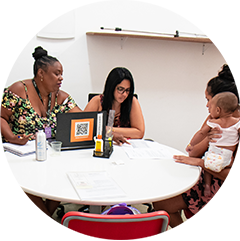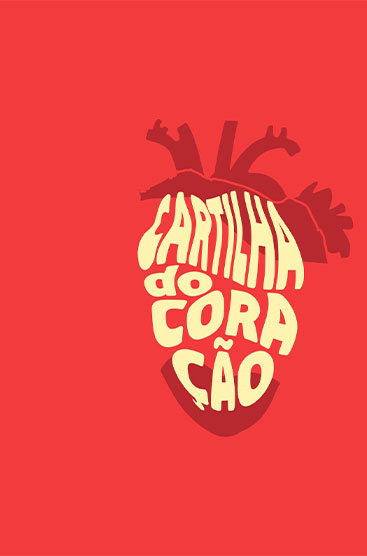On January 19, 1994, Favela da Maré was transformed into an official neighborhood under Municipal Law 2,119. This means that it was considered as an “urbanized” area, a city space with adequate infrastructure and public services to provide the well-being of the local population. After 27 years of the act, we can ask ourselves: what has changed in the lives of residents? Did becoming a neighborhood really mean that Maré was treated like other neighborhoods in the city? What has changed in Maré since the new neighborhood status?
It is important to ask these questions, because, as the black geographer and intellectual Milton Santos affirmed, “the value of the individual depends, on a large scale, on the place where he lives”. This means that people are judged and “ranked” on social importance according to their place of residence. In other words, geographical territories are also symbolic marks that distinguish and distance people and groups.
So, if we want to build a better city for everyone, inequality between neighborhoods - and people - needs to be addressed urgently. Spaces with fewer resources should receive special attention from the public authorities, translated into investments and public policies focused on raising the quality of life of the local population.
In the case of Maré, there is a historical debt on the part of the State that needs to be recognized and recovered. In fact, state action has always been characterized by the omission and precariousness of public policies and this is reflected, today, even with Maré being considered a neighborhood, in the problems and challenges faced by residents.
This situation of abandonment in the region of Maré has been present since the beginning of the occupation of the area, in the 1920s. The occupation took shape from a fishing colony established at the bottom of Morro do Timbau.
Later, more people arrived in the region, trying to find “their place in the city”, even if they had to build their houses over the waters of Guanabara Bay. It was in this way that the first favelas of Maré were formed: Timbau (1940), Baixa do Sapateiro (1947), Conjunto Marcílio Dias (1948), Parque Maré (1953), Parque Rubens Vaz (1954); Parque Roquete Pinto (1955), Parque União (1961), Praia de Ramos (1962) and Nova Holanda (1962), the only one built by the state government of Rio de Janeiro on the grounding of the bay. The second phase of growth is linked to the intervention of the government that built the following communities: Conjunto Esperança (1982), Vila do João (1982), Vila do Pinheiro (1983), Conjunto Pinheiro (1989), Conjunto Bento Ribeiro Dantas (1989), Nova Maré (1996) and Salsa e Merengue (2000).
Today, Maré has the size and population of a medium-sized city. It is still not well known by other residents of the city, or worse, it is only known as a violent and poor place.
It is a fact that armed violence is one of the problems that most afflict residents. That is the result of socioeconomic inequalities in the city and historically mistaken and violent public security policies. But it’s unfair to look at Maré for just that aspect and reduce it to violence. The favela is much more than that.
Maré is a space for cultural creation and wealth production for the city. Its artists and collectives produce art and culture that spread throughout Rio de Janeiro and help to define what it means to be a carioca. There is also an intense internal economic life that generates income and work for the residents - there are more than 3,000 commercial establishments. Observing Maré from this angle helps to demystify prejudices and affirm it as a fundamental territory of the city - which can also be said in relation to all favelas.
Finally, when we valuate the transformation of Maré into a neighborhood, it is evident that public investments and the provision of private services that are expected for a “neighborhood” in the city have not been made. Treatment inequalities remain and are expressed, for example, in the low HDI (human development index) of Maré (129), when compared to other spaces in the city. All of this makes it clear that becoming a neighborhood has not changed life in Maré.
For this reason, what we can celebrate on January 19 is much more than the transformation of Maré into a neighborhood, as this did not happen in practice. What should be celebrated is the strength, perseverance and creativity of the residents of Maré who continue to fight for a better life, regardless of whether their place of residence is called a neighborhood or not.
Redes da Maré
Rio de Janeiro, January 19, 2021










